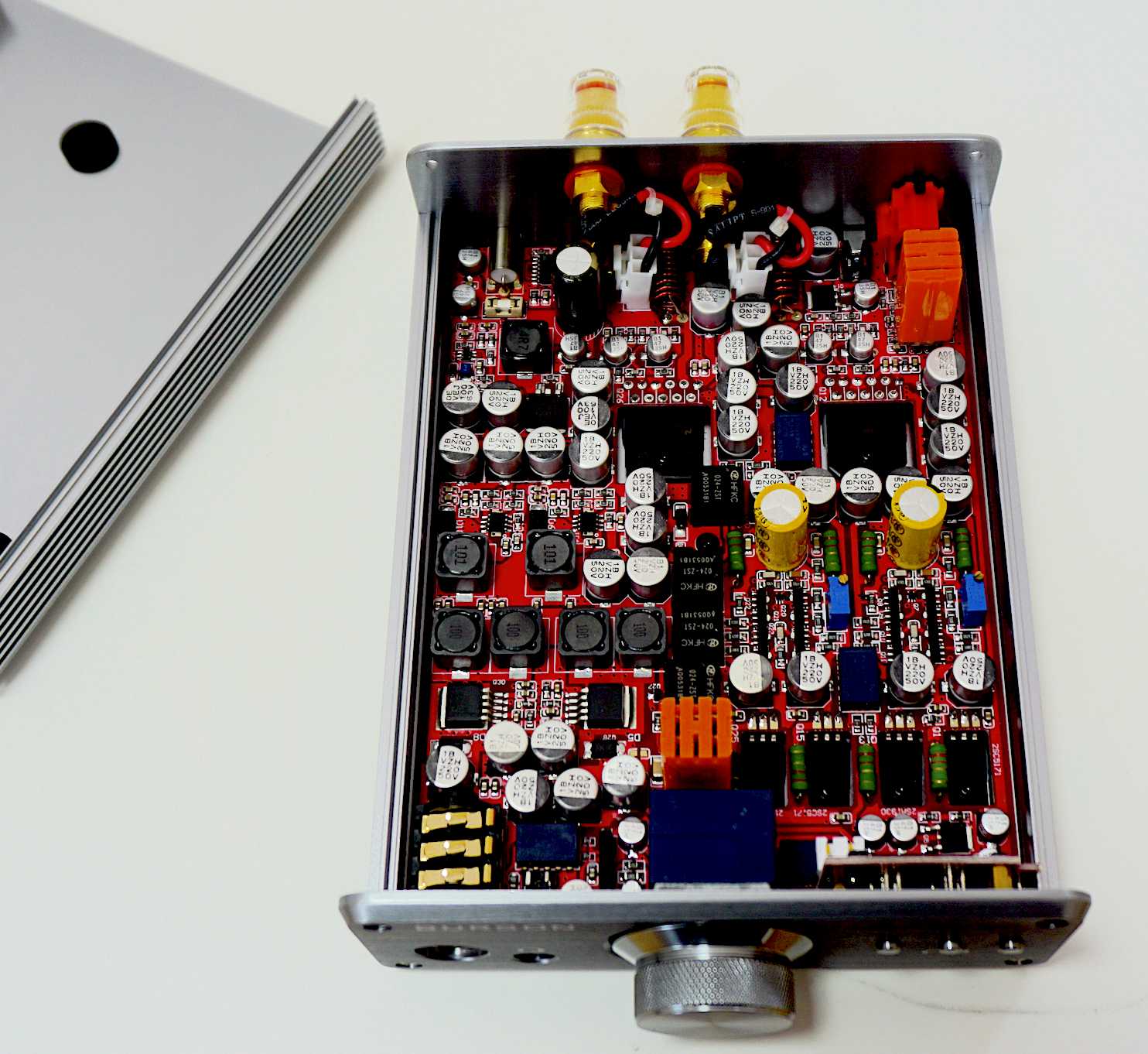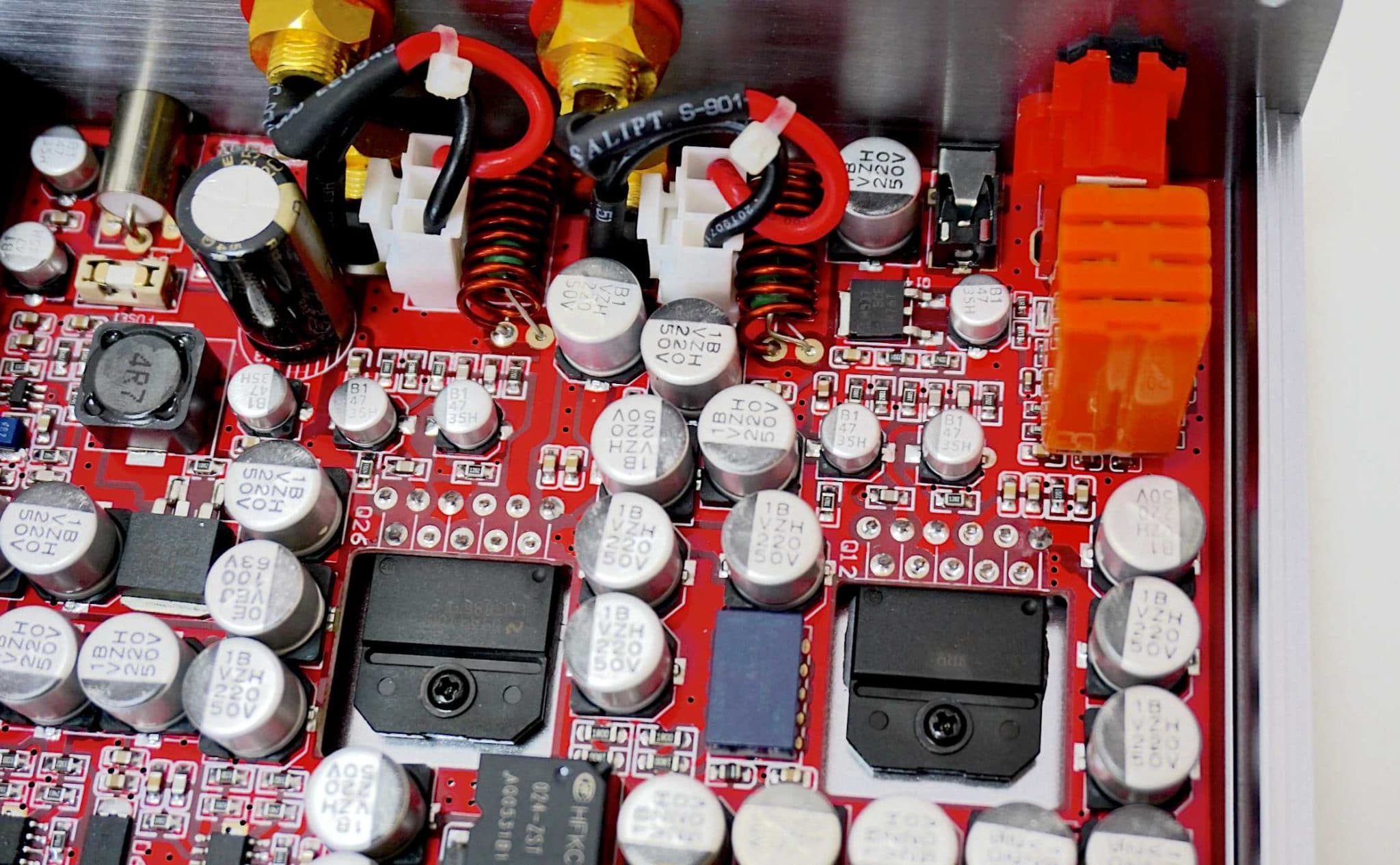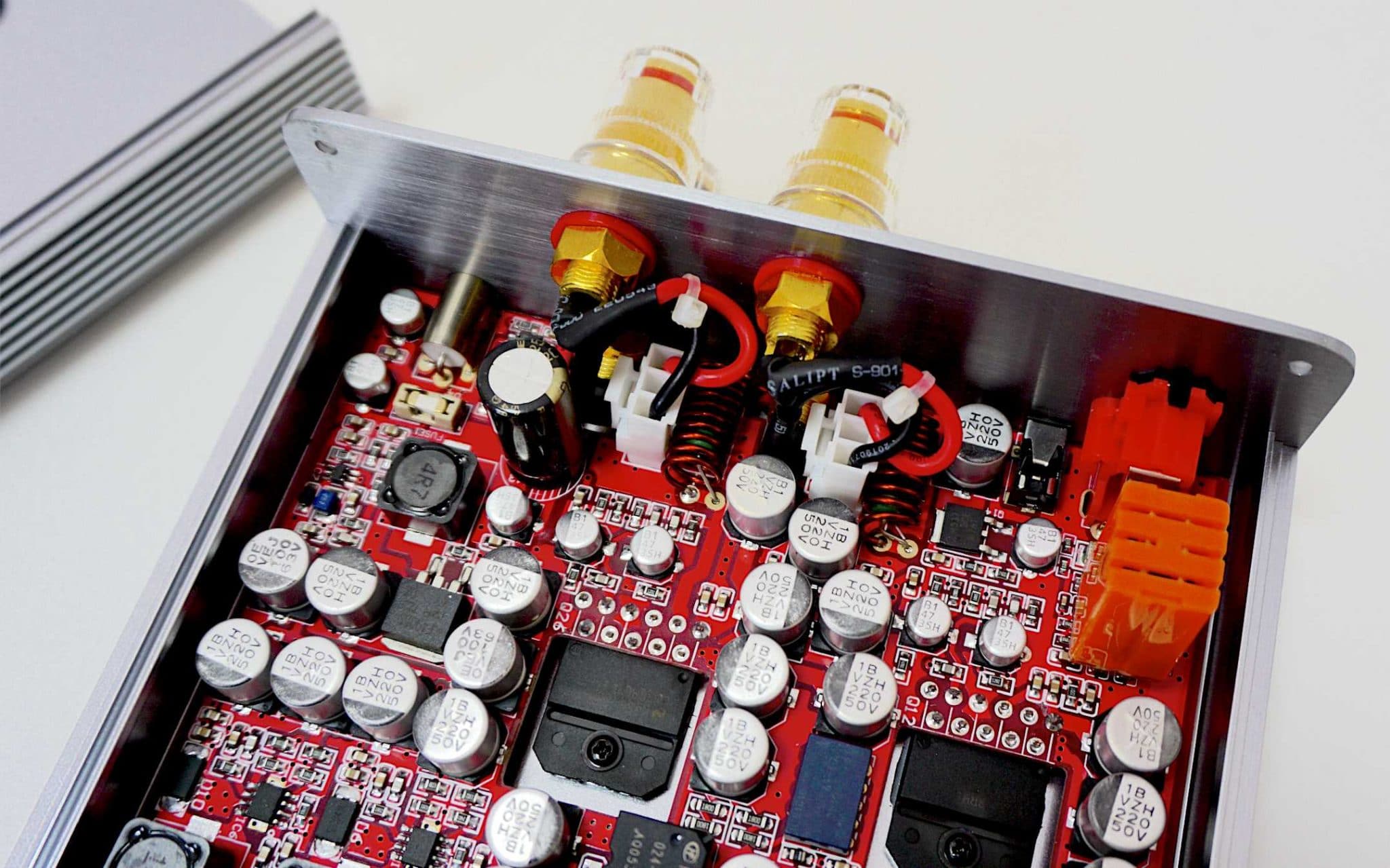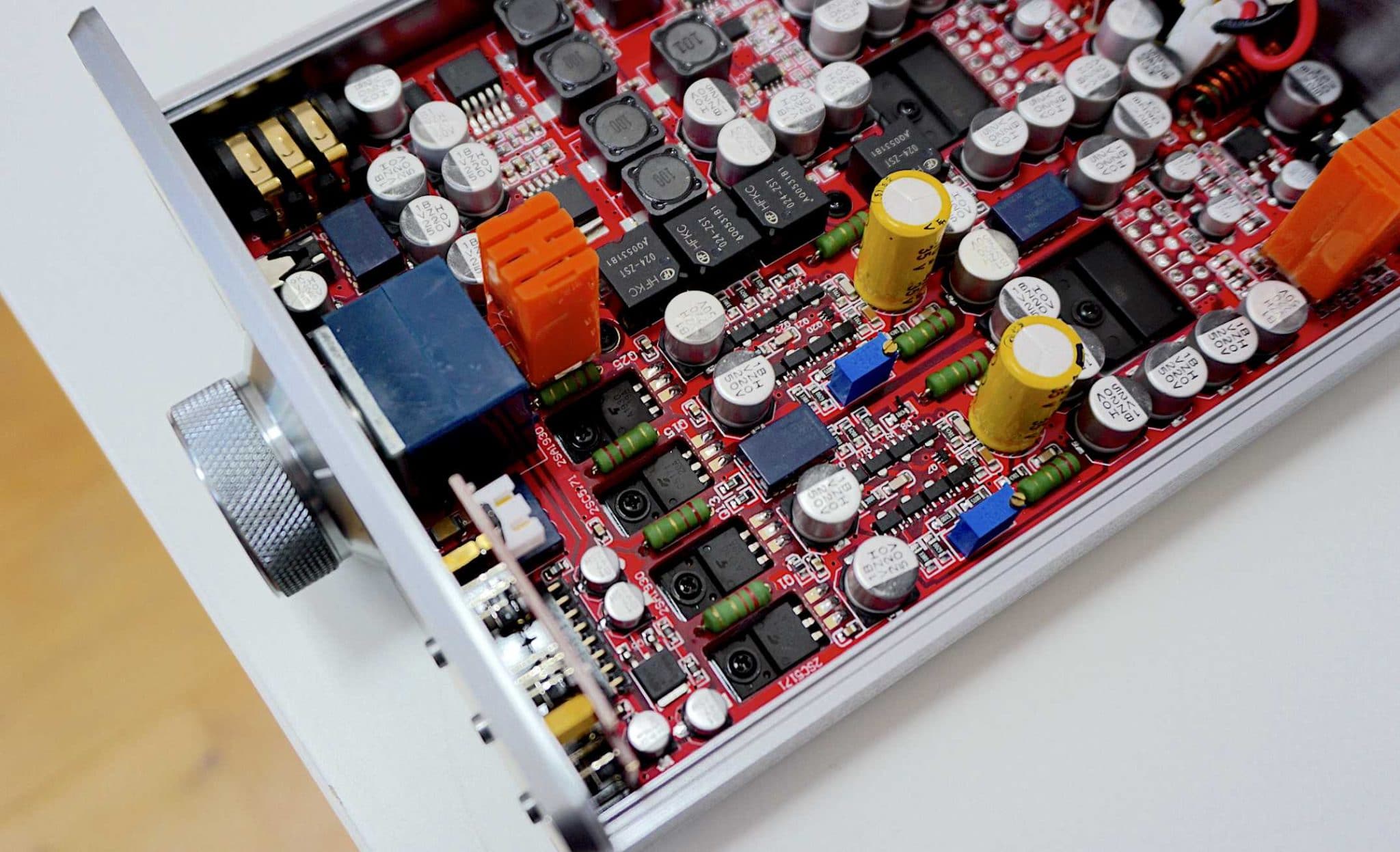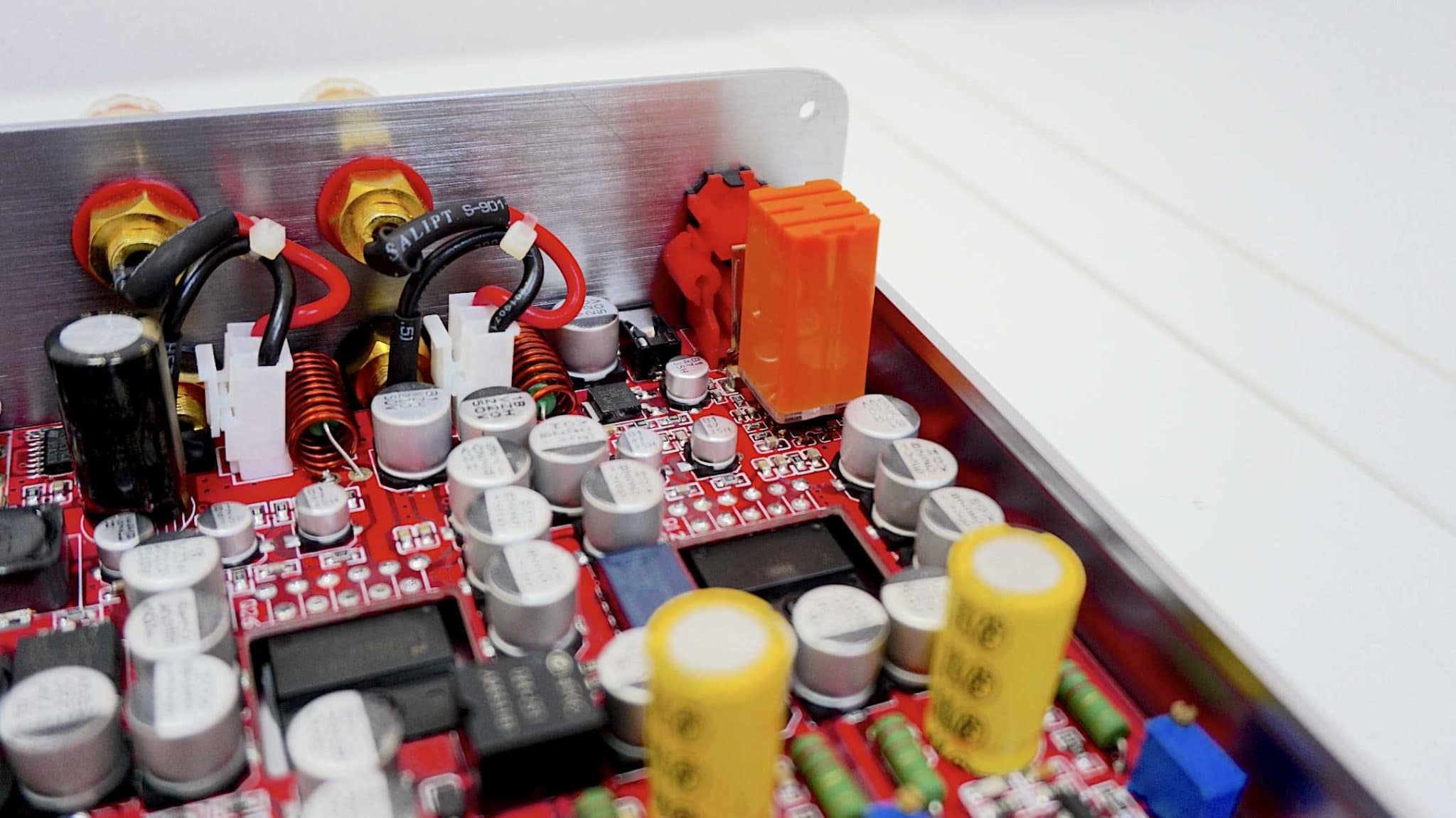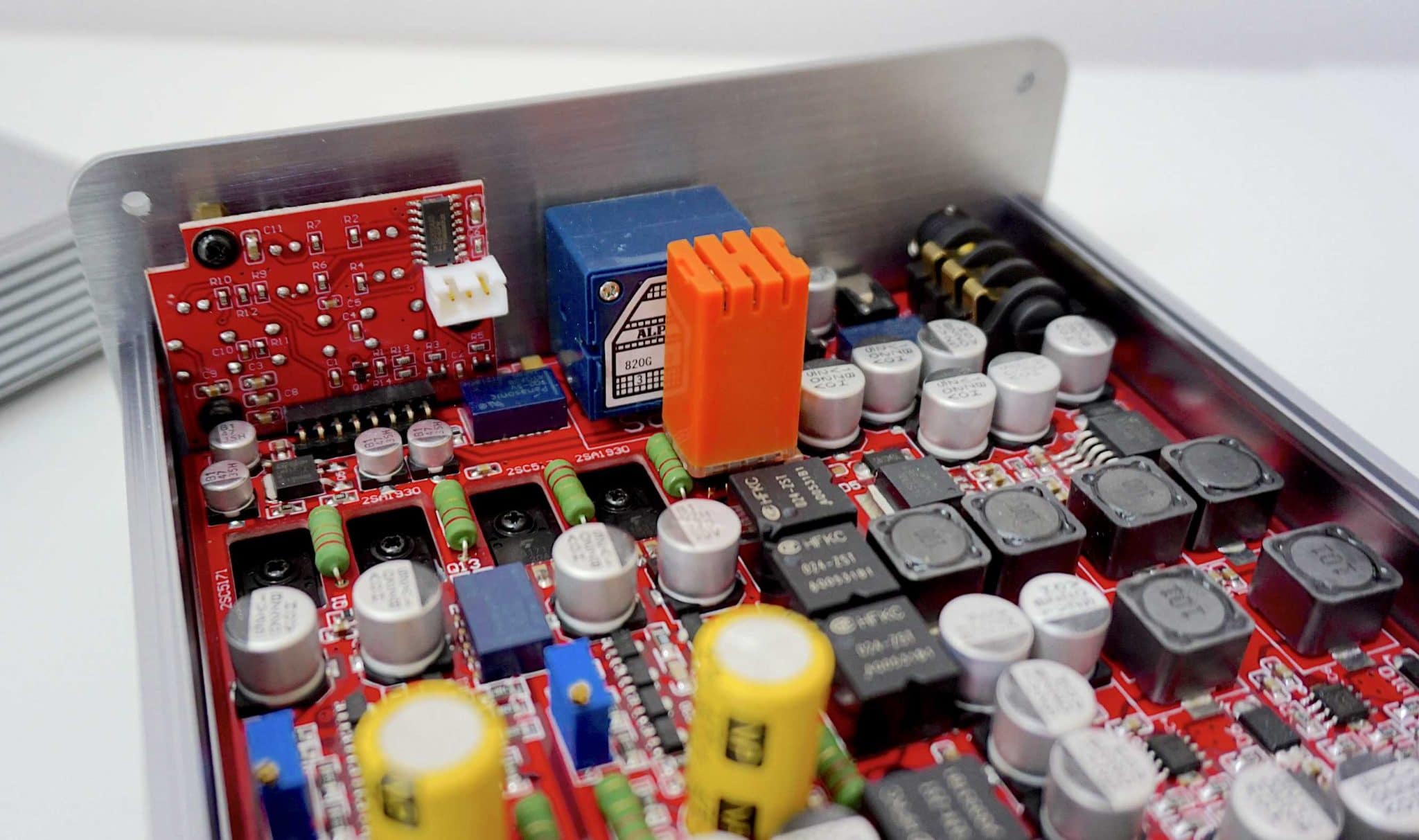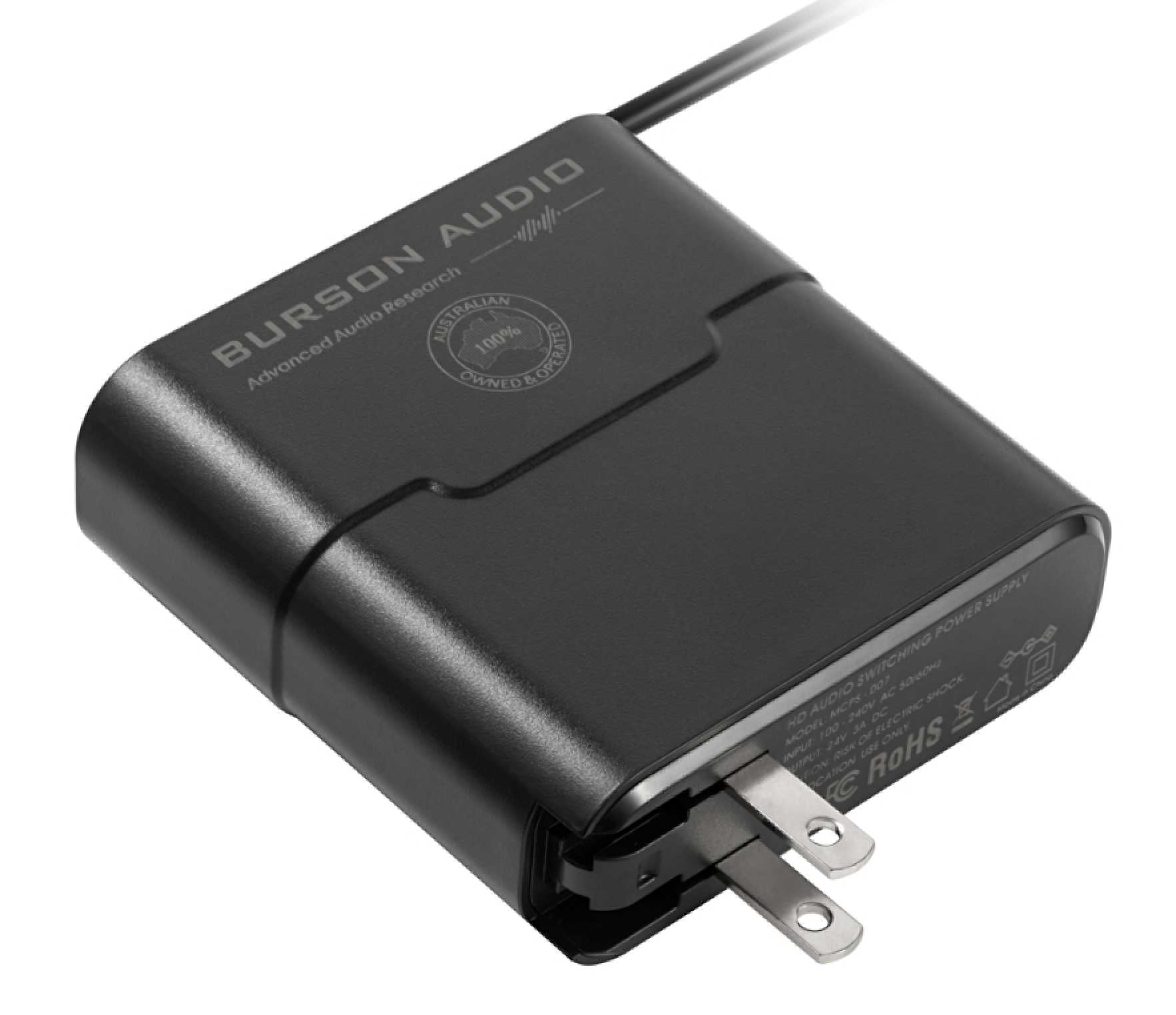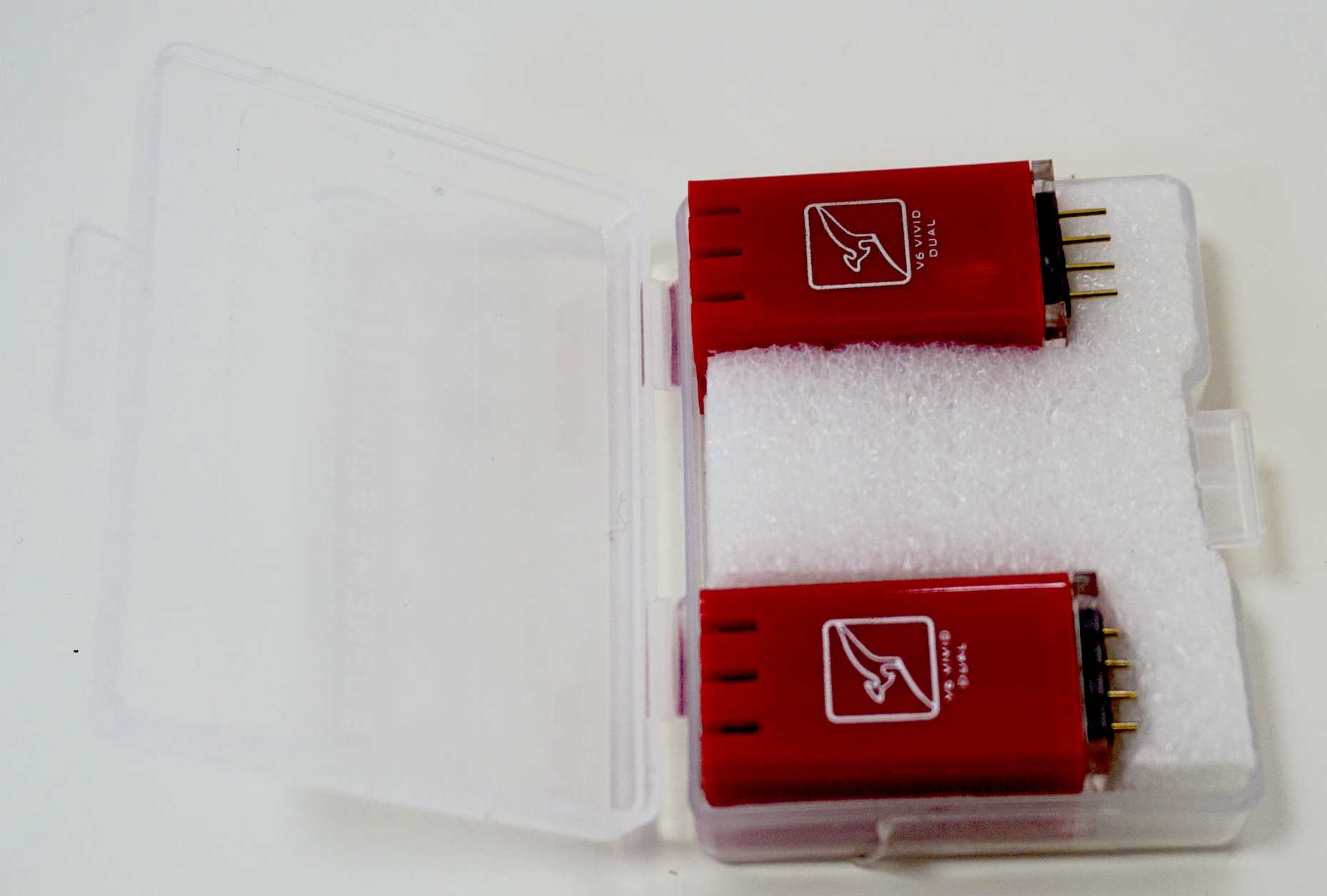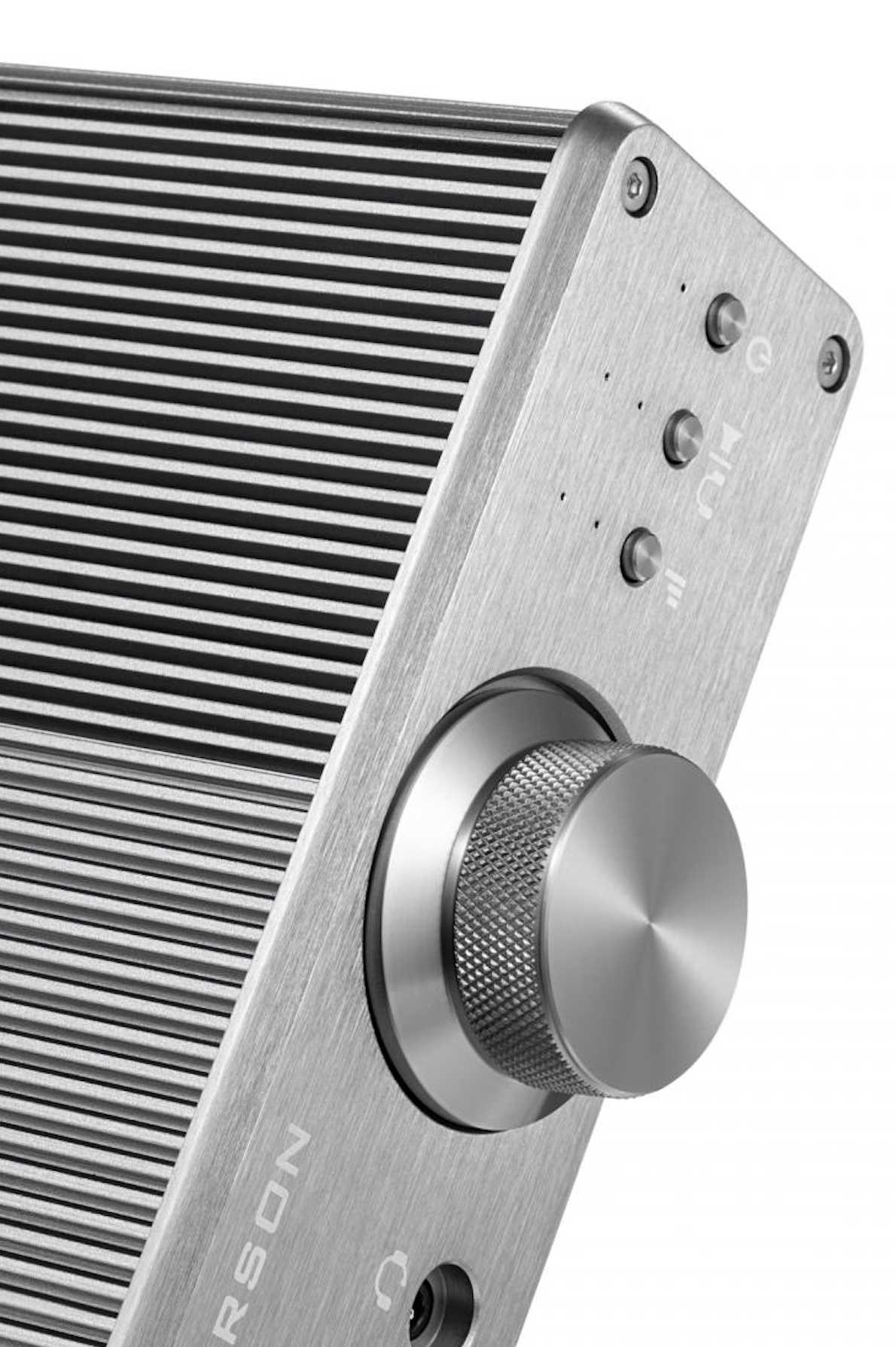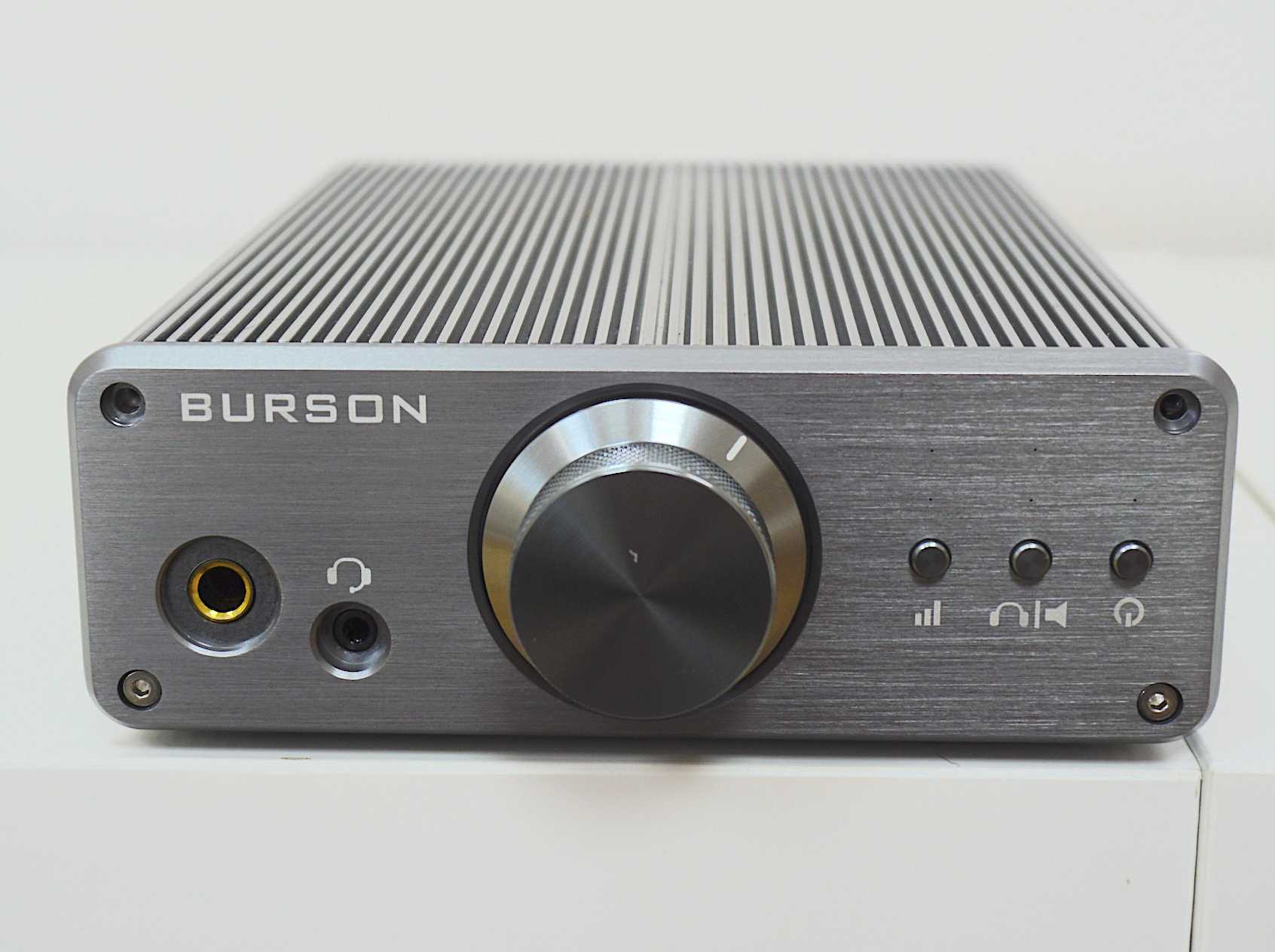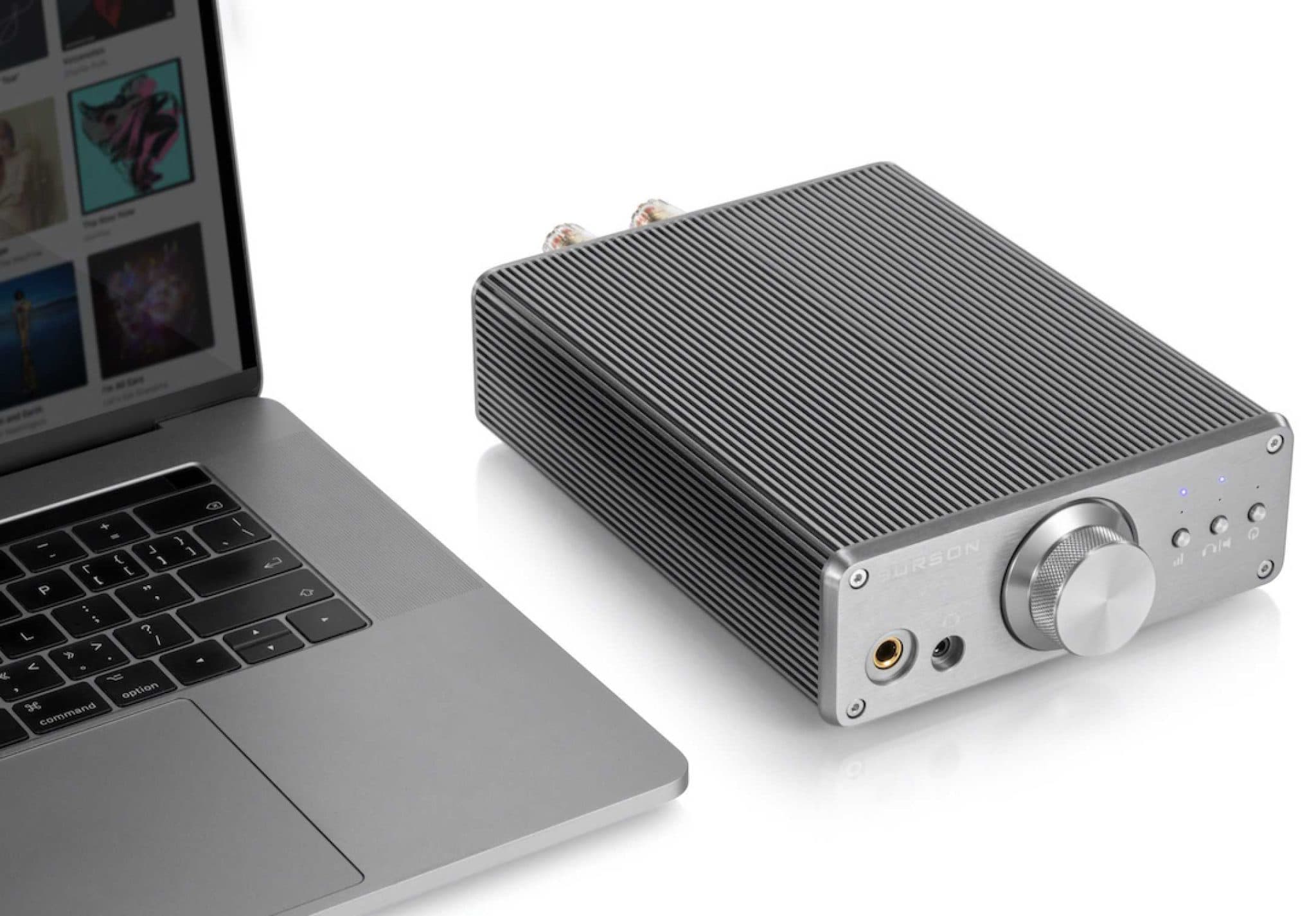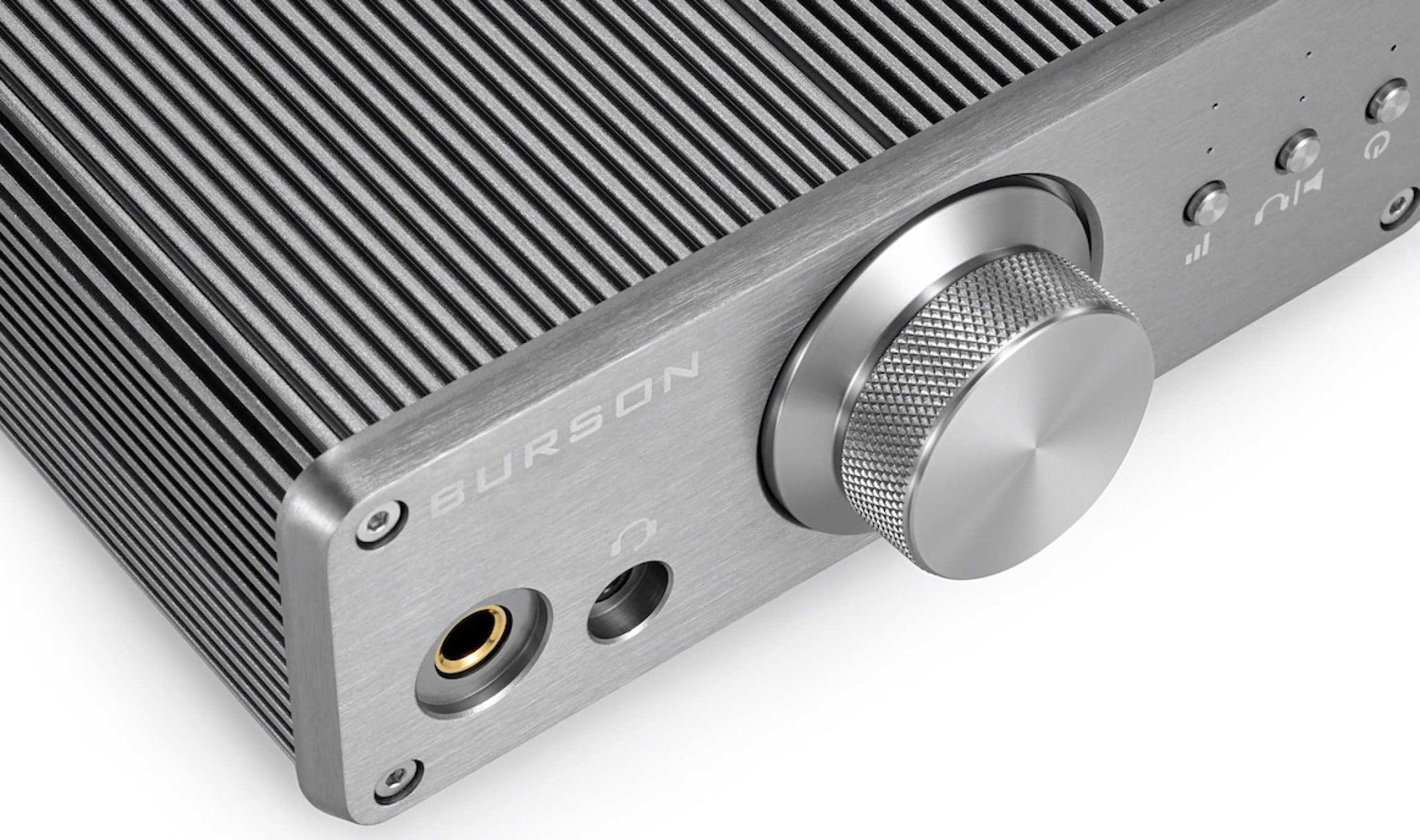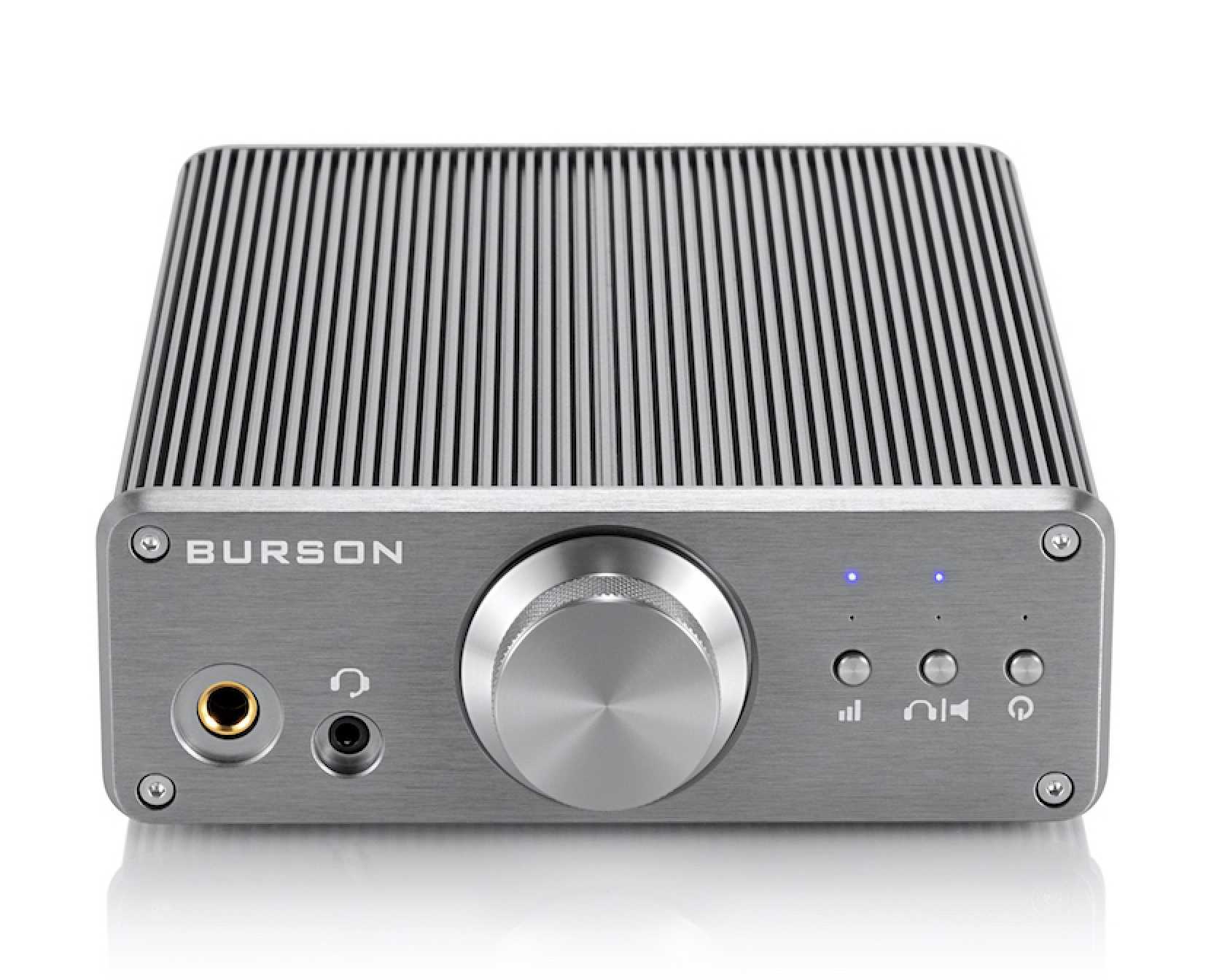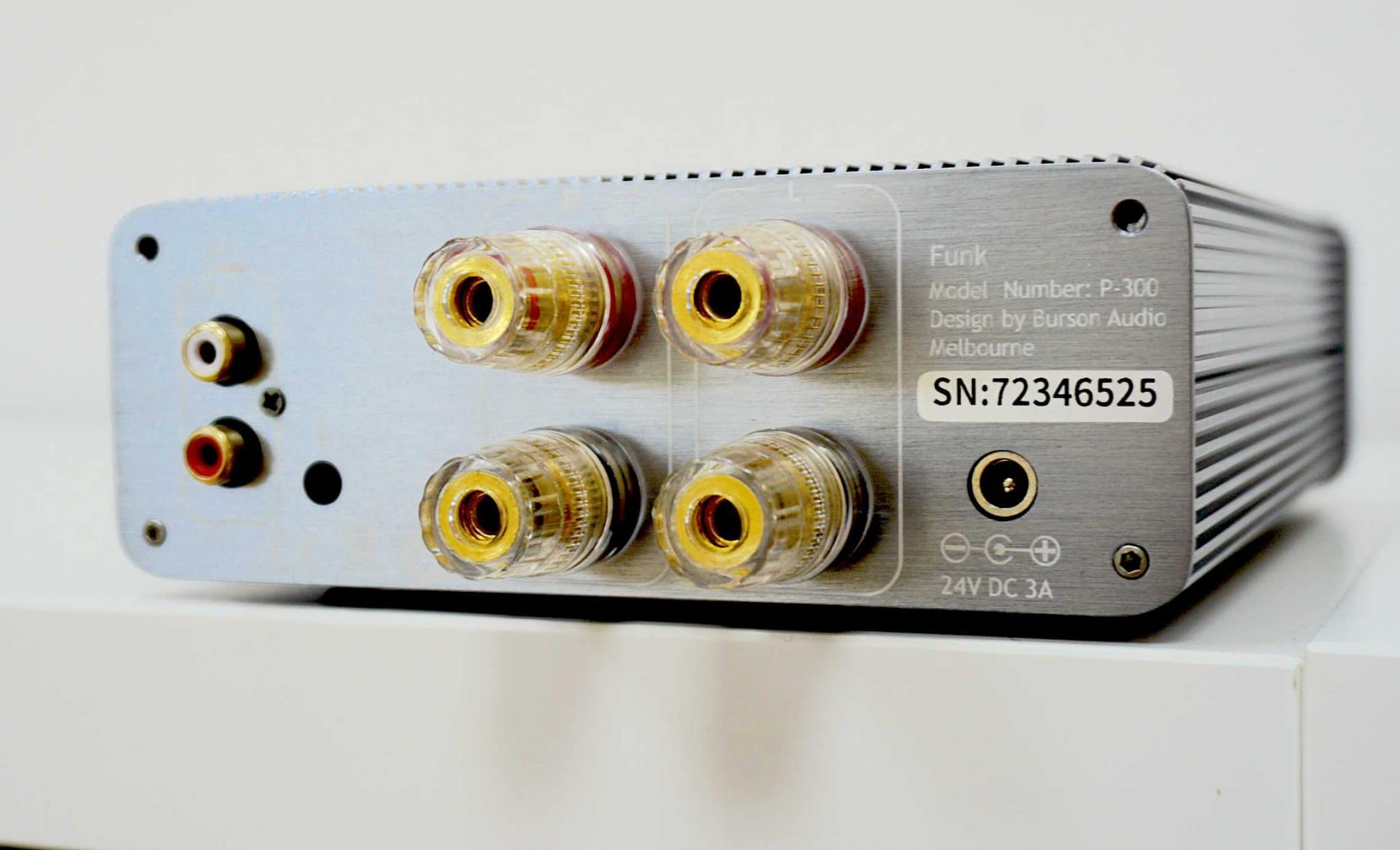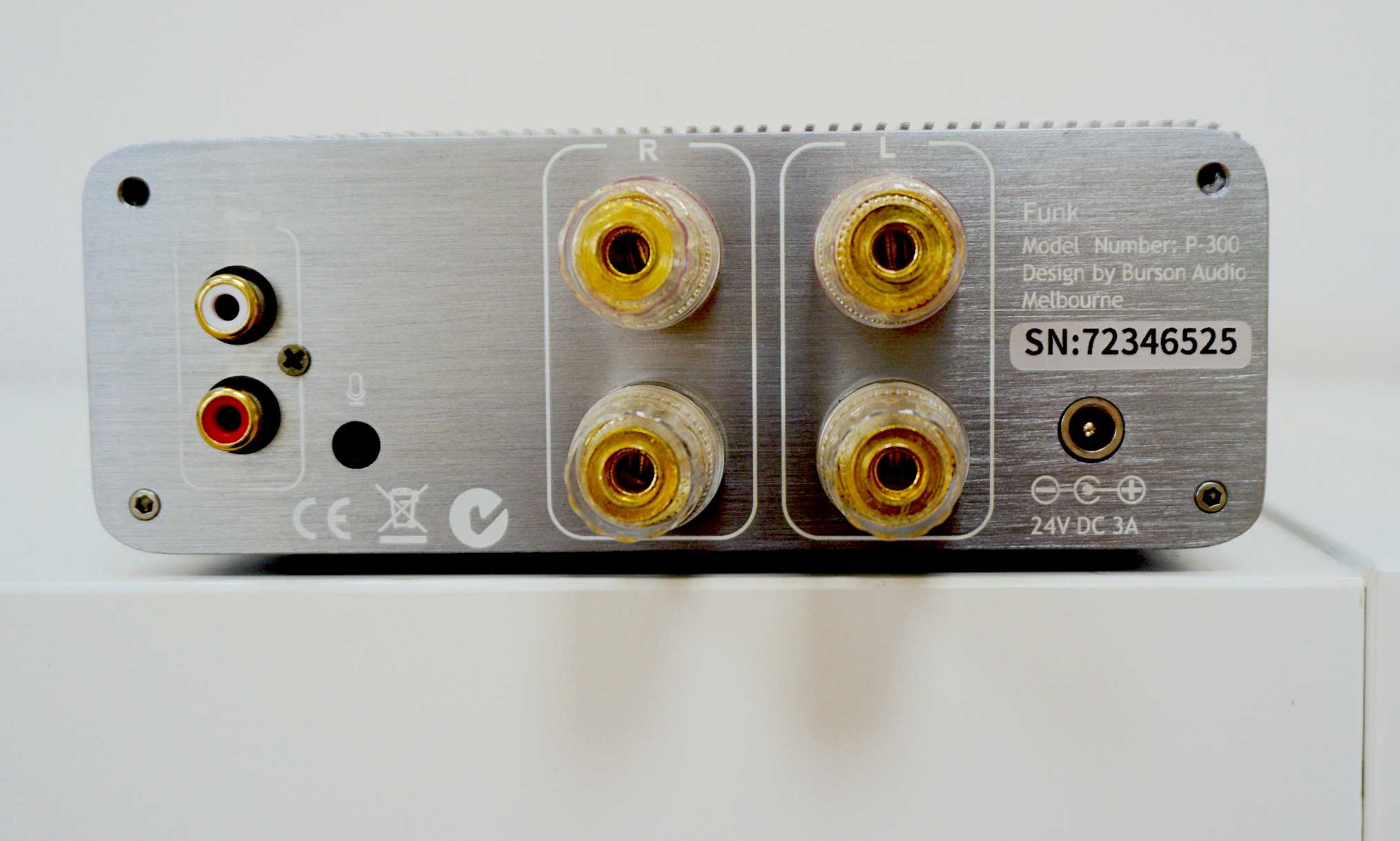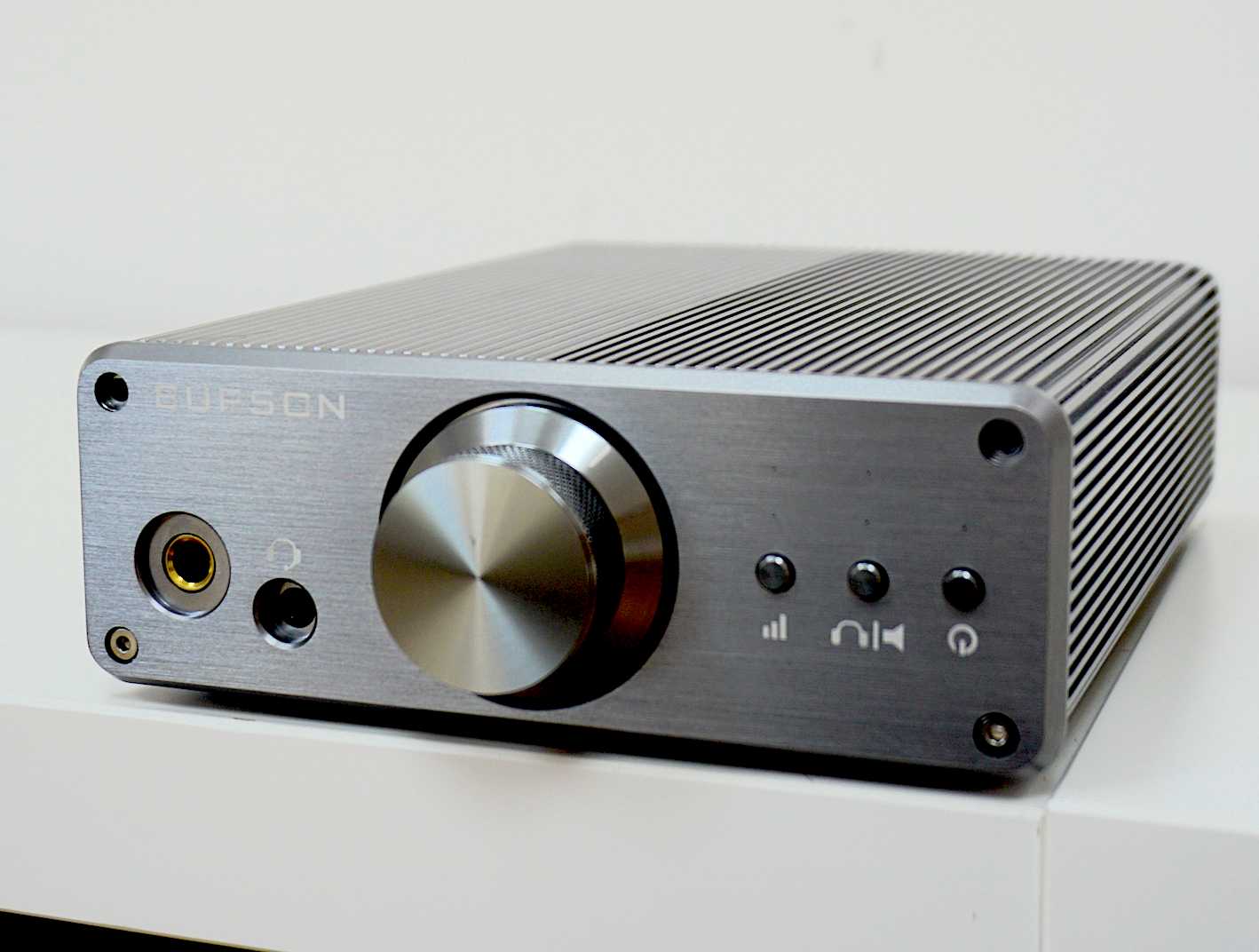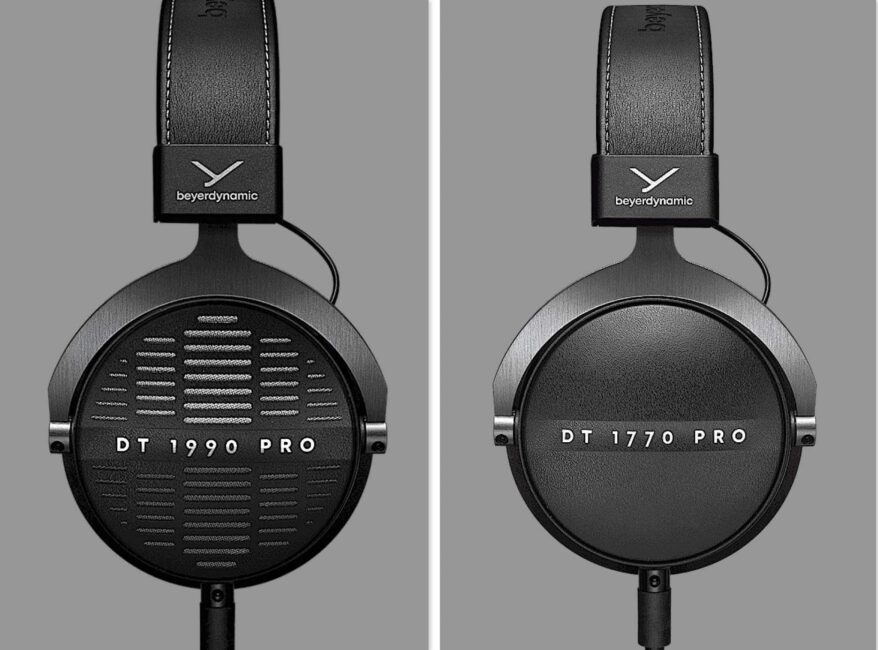The Article
Funk Headphone Amp/Integrated Amp from Burson
26th November 2021
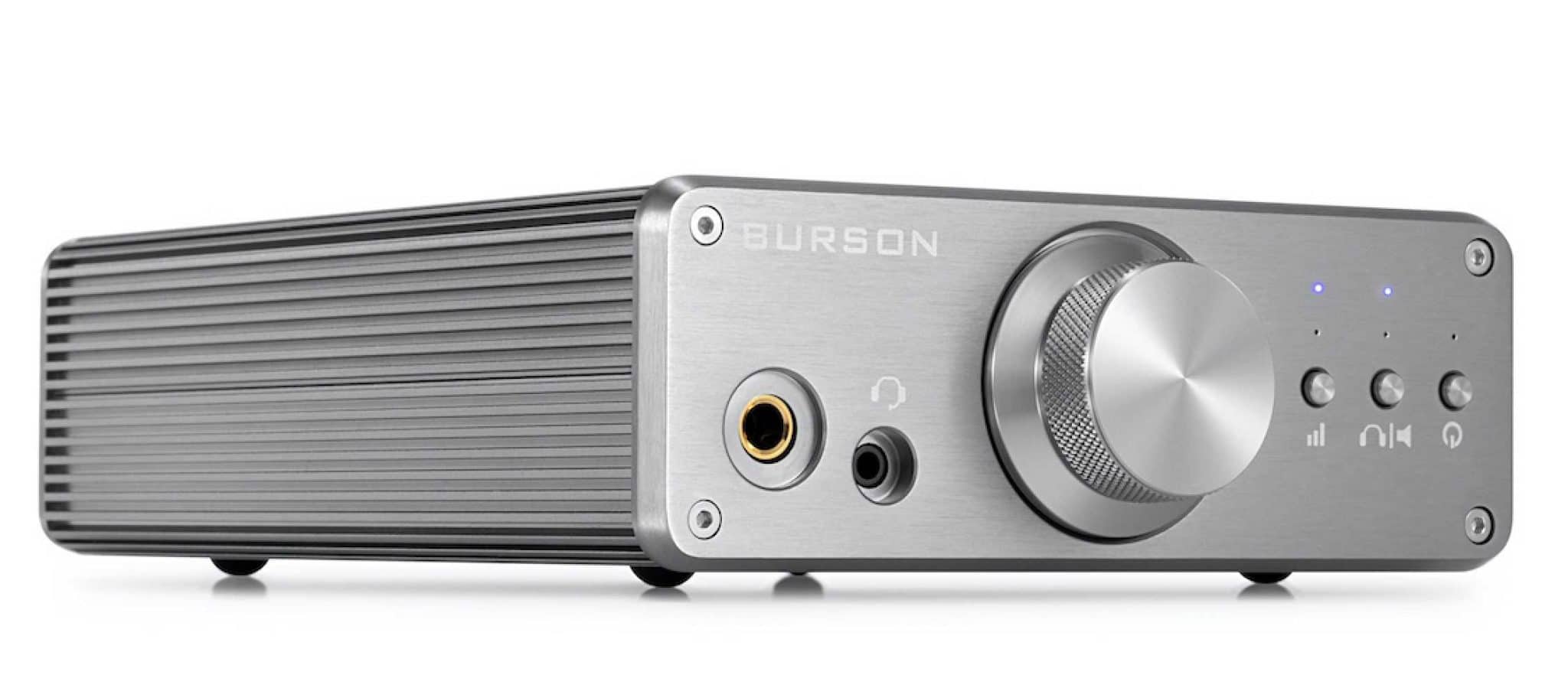
Small in stature with plenty of tweakability, Paul Rigby reviews this compact headphone amplifier and integrated amplifier combo plus the new Super Charger power supply add on
I wonder how many people will confuse this box with a product from the Funk Firm? But it ain’t so, my friends. It just ain’t so. This one is definitely from Burson.
It’s a compact 3W headphone amplifier and it features an integrated amplifier within, pushing out 45W if you hook up a pair of speakers to the rear.
Or, if you feel ornery about it, this is a compact integrated amplifier with a built-in headphone amplifier. Apparently, the two units occupy different signal paths to keep the noise down.
Whatever way you want it, this Class AB device measures just 190 x 150 x 60mm and hits around 3kg in weight.
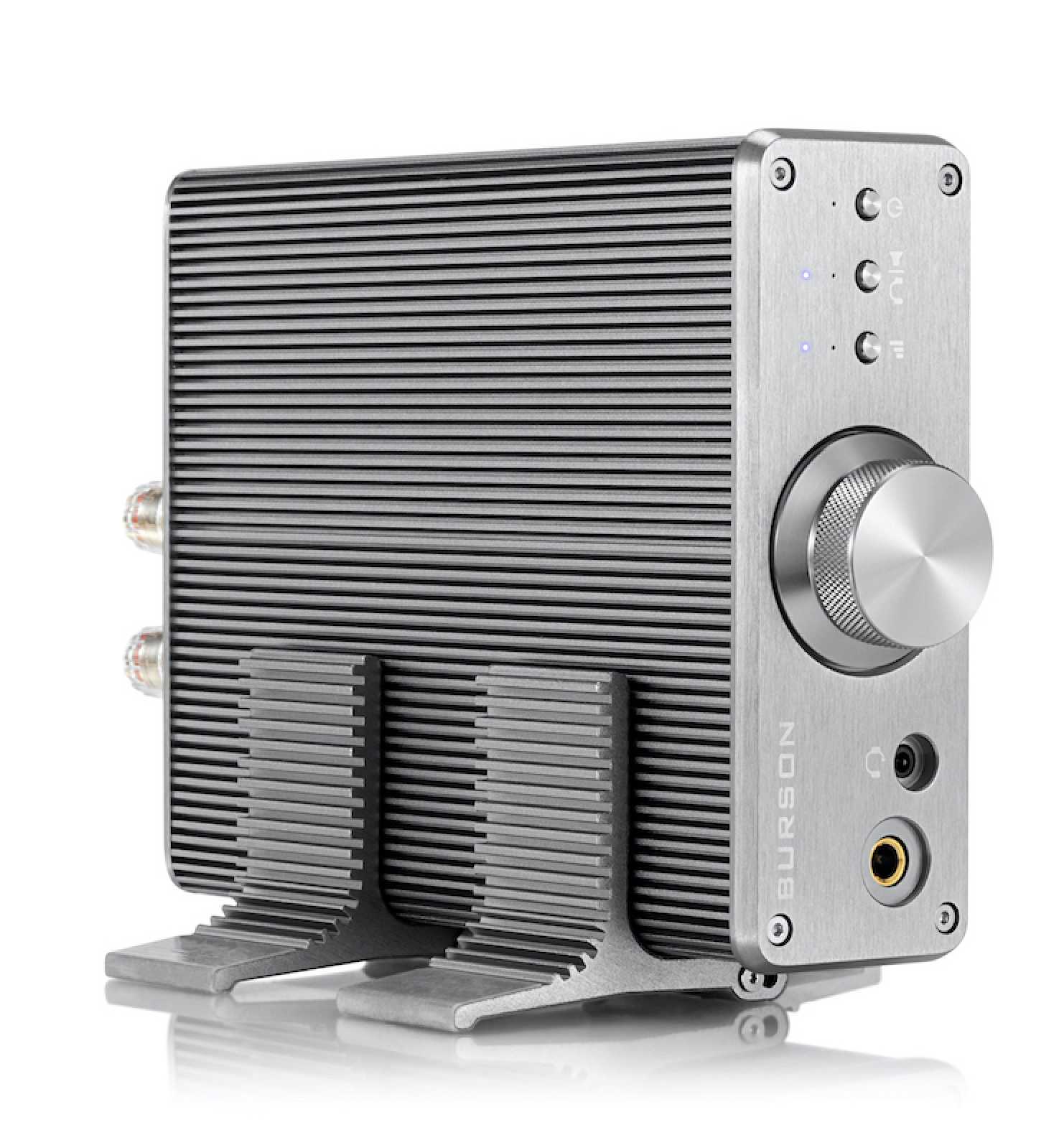
The size is small because the normally large fitted capacitors have been replaced by the company’s condensed Max Current Power Supply technology. That also means no large and heavy transformers, either.
During use, the Funk can be run horizontally as normal or can be operated vertically if mounted in Burson’s so-called Cool Stand (see above). This extra wasn’t included in my review package, so my comments on that accessory end right about here. As an aside, the Funk’s own chassis acts as a heat sink.
The rear of the chassis features a set of speaker connectors, a pair of RCA inputs and the power connector for the switch-mode power supply.
The front features 6.35mm and 3.5mm headphones sockets (No Pentaconn connection?), volume knob, a button to flip between speakers and headphone use, gain switch (for IEMs and over the ear headphones) and a power button.
One of the main features of the Funk is the ability to roll your own Op Amps. That is, you are encouraged to open up the case (a hex key is supplied) and replace the standard default Op Amps with improved models, supplied by Burson. We’ll talk more about this feature later.
You also get an external convertor plug that plugs into the 3.5mm socket to allow you to attach two sets of 3.5mm headphones into the unit at the same time for those cosy headphone listening sessions with a friend or partner.
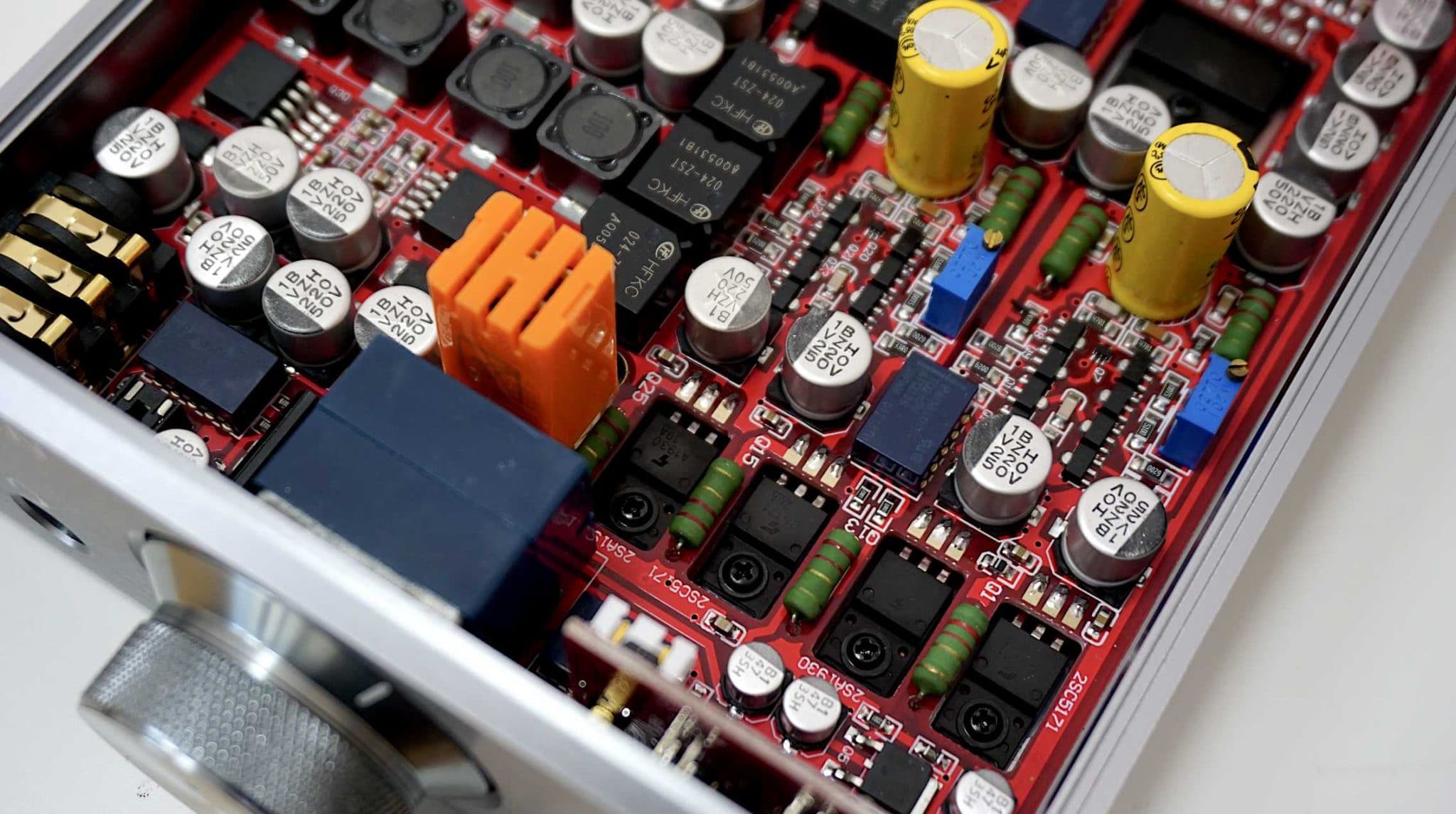
The rear of the chassis also offers a microphone socket so you can use the Funk as a desktop device for gaming activities. Why wasn’t this extra added to the front of the chassis? Surely that would be the natural position for gaming instead of having to hunt around the rear of the chassis for the socket on a typical desk?
SOUND QUALITY
To begin, I decided to tackle the headphone amplifier in both 6.45mm and 3.5mm terms and played Ella Fitzgerald’s Brighten the Corner, LP and the track I Shall Not be Moved covered with close-harmony backing, percussion, upright bass, cymbal taps and piano.
I began with the 6.35mm single-ended mode and my Sennheiser HD800 headphones which the Funk drove well. The 800s can be pigs to push around, they need a shove to get going but the Funk did a good job here.
What hit me principally was the amount of air and space around the soundstage. The latter sounded large indeed, swilling in atmosphere it was…
Yes, the upper mids were slightly, and I mean slightly pushed towards the outer limits but nothing too aggressive and certainly nothing to cause offence. There as just a slight movement in that direction. If anything, that aided the overall focus of the large amount of detail on offer here.
The large soundstage space – pushed left and right to occupy as much area as possible – allowed that detail to flow easily which meant that shy and subtle information in and around the mix could more easily be targeted by the ear.
Vocals, whether you’re talking Fitzgerald’s lead or the close harmony backing variants, were both focused in their presentation but also admirably insightful in terms of the amount of information they offered. It was easy to pick out individual voices from that harmony addition.
FOCUSED BASS
The upright bass was also focused, tight and quite hefty, adding a real presence to the mix that added both a foundation for the song itself but also a sense of forward motion that kept the tempo snappy and lively. That was the right channel. In the left channel, the piano danced and plonked with gay abandon in its upper mid areas but also gave weight during its bass-like moments, with a real resonance from its mighty chassis. In fact, it was this piano grammar that emphasised an almost honky tonk element to this relatively fast-paced spiritual.
The treble from the later cymbal taps wallowed in all of that soundstage space which meant that cymbals were allowed to reach out and stretch their arms. You felt that you were getting good value from the cymbals via the Funk. The fragility and delicacy was here in full. You never felt short changed in this department.
The same performance output was provided by the 3.5mm output via my Sennheiser 660 S headphones. I had to reduce the gain on these ‘phones because they are easier to drive than the HD800s. The 660 S headphones were leaner in terms of their own inherent personality with slightly less insight in terms of the upper mids with a less extended bass. Again, that reflects the 660 S’s own design but the Funk headphone amp gave these headphones full support. You never felt that the Funk was holding the 660 S headphones back or cramping their style. Upper mid and treble performance overall, was open and relatively smooth while bass was disciplined and precise.
I then switched the gain option on the front of the chassis in ‘low’ mode and had a brief listen via my Meze 99 earphones which worked well, reducing the volume enough to be comfortable but offering power in reserve if required. Again, the performance maintained a relative consistency, providing a generally balanced output, albeit with that slight upper midrange movement I mentioned earlier. The overall performance was good indeed. I’d be very happy to spend several hours listening to music via the headphone amplifier.
But what of the Funk in use as a near-field integrated amplifier? For desk use I didn’t want speakers that were too bulky yet I wanted quality in overall sound so I reach for my reference Q Acoustic 3020i models and I hooked them to the Burson using Tellurium Blue cables.
NEAR FIELD
I then grabbed a convertor cable, made for me by Chord as a bespoke model, to hook up my modified Astell&Kern AK120 to the Funk’s RCA inputs and played Bob Marley’s Jamming.
It was plain, in the first few seconds of playback the there was more than enough power within the Funk to do the job in new field mode. I was hitting the gain around the one o’clock area and the volume was, to my ears, ‘loud’. I wouldn’t want to go much higher either. So don’t be concerned about power in near-field mode. It’s not an issue.
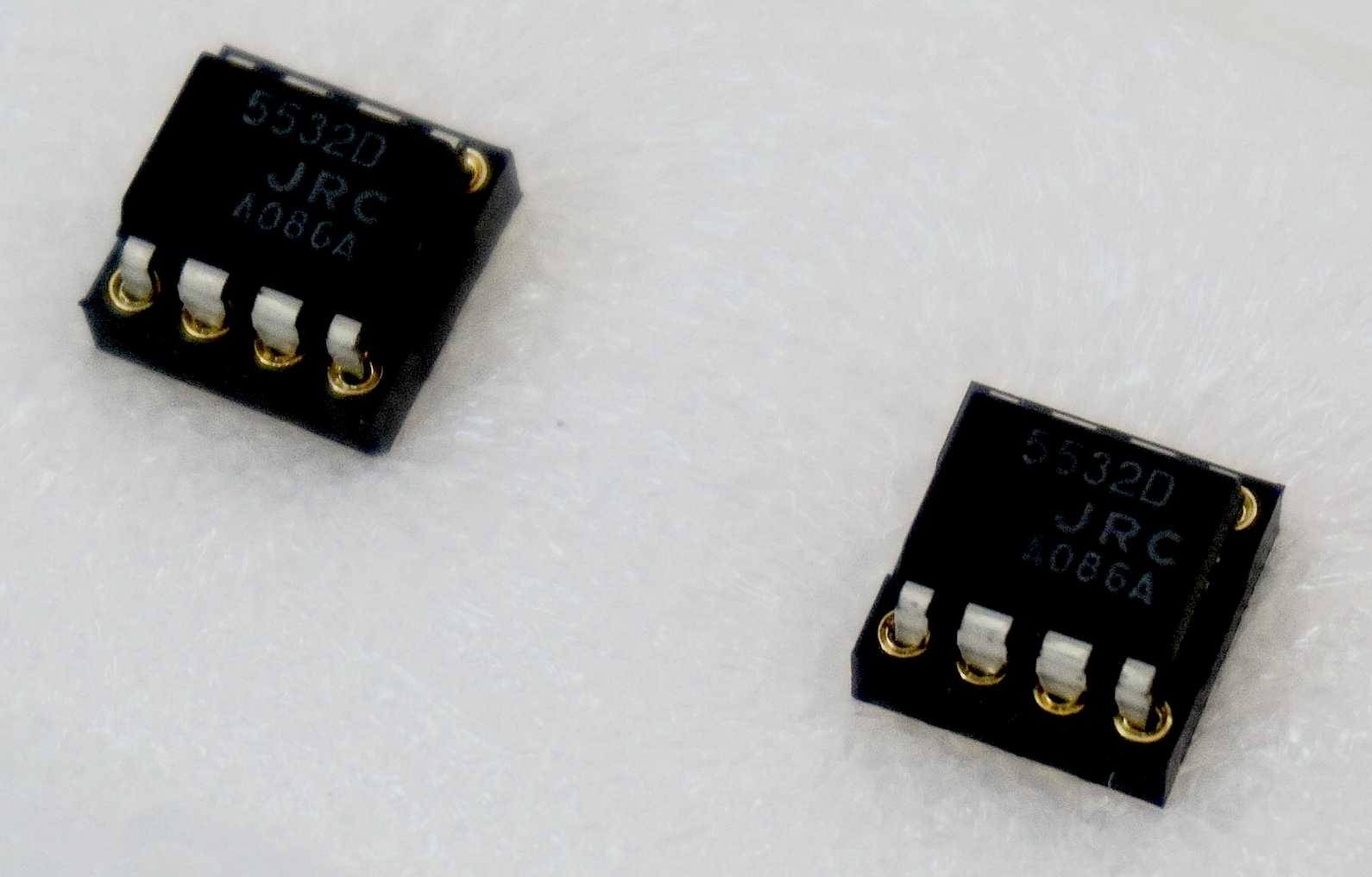
Here, imagery was very good indeed. Unlike some systems that are targeted towards near-field use, the soundstage wasn’t etched. The stereo image wasn’t nailed on, the overall effect was more organic and loose yet there was a discipline in terms of instrumental positioning. Hence the soundstage had height and depth. I wouldn’t call the stereo image particular 3D in its effect but there was a depth. The soundstage did stretch left and right too, adding further dimensions to the music. Overall, the Funk had a definite plan of action.
Again, moving to Marley’s Punkey Reggae Party, I was surprised how balanced the output was. Bass offered real presence too, in a similar way to the headphone output. That is, it didn’t dominate or veil upper midrange detail. There was no booming around the lower end but bass certainly offered a strength and a heft. You certainly knew bass was a member of the team. Because of the discipline, both the midrange and treble still had room to breathe, adding filigree detail when required to strengthen that sense of balance but also to add accuracy to the presentation.
What impressed me most was the instrumental separation. It’s not very often when I hear the rhythm guitar and keys separated and isolated enough to give them their own spotlights but the Funk made that happen.
What impressed me even more though was the Funk’s ability, in near-field mode, to describe details for each and every instrument across the soundstage without moving over the line into clinical brightness. Detail was slightly embossed, shall we say. Just enough to show the ear each and every element across the soundstage. It was an impress effect.
SUPER CHARGER
It was at this point that I wanted to upgrade the power supply so brought in the new Super Charger, a separate power supply upgrade product and one that can be used with the Funk amplifier. I thought it was an ideal opportunity to try it out here.
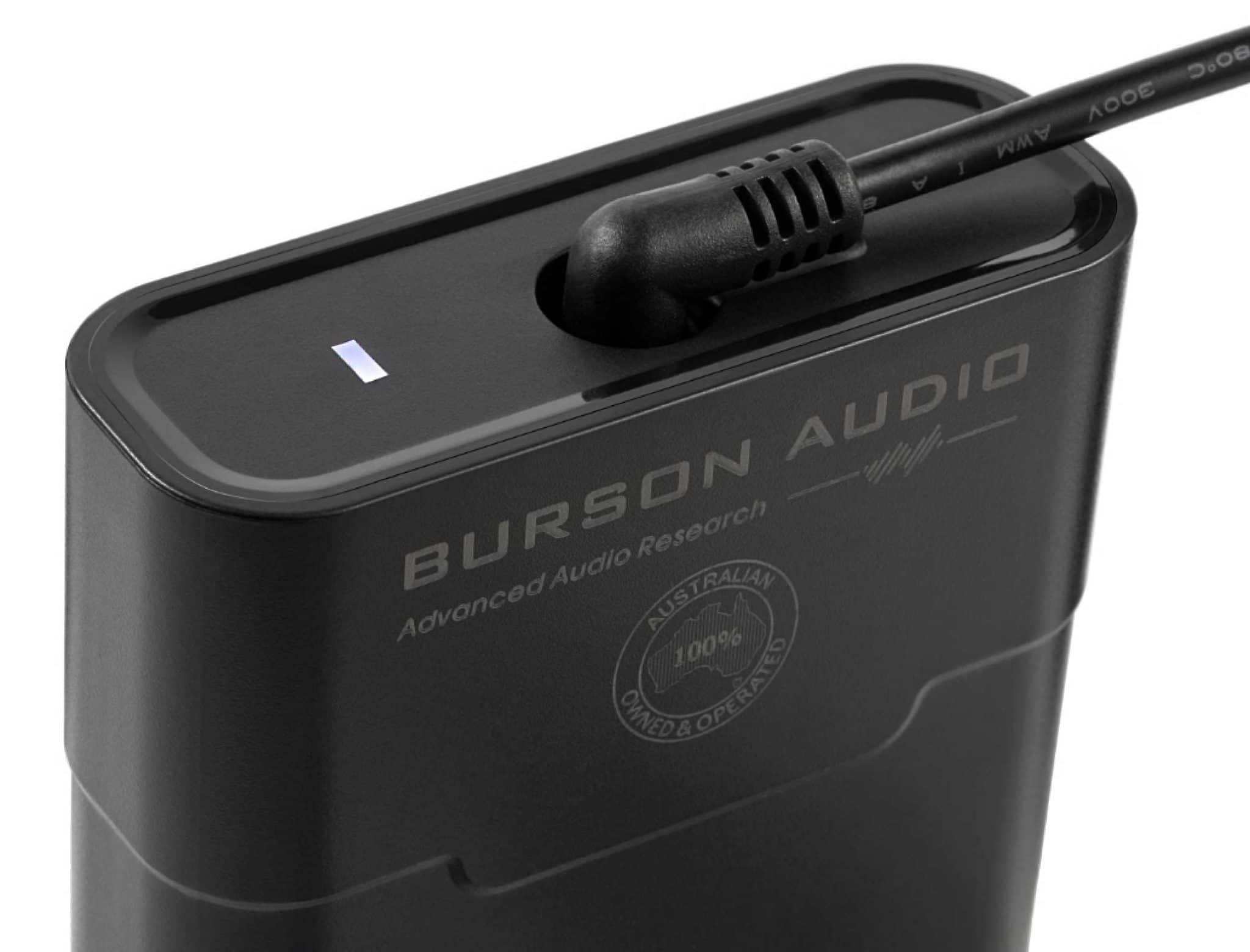
And my goodness, I’m glad I did. The noise floor across the soundstage dropped to reveal a host of new detail while midrange insight climbed through the roof. Playing Marley’s I Shot the Sheriff, the signature reggae ‘mm-thakka-mm-thakka’ rhythm guitar now had real emphasis as the strings were scraped during this sequence. You could hear true definition from the guitar here.
Bass was also enhanced, offering extra weight and mass. Bass didn’t enlarge itself it rather grew in confidence and strength. It offered more portent. More threat.
In general terms, the Super Charger added a sense of maturity across the entire soundstage. Suddenly, the Funk sounded more expensive. And it was, literally because the Super Charger costs an extra £285 but there was real sonic change here. The music had a multi-layered, rich aspect that moved the entire performance up a rung in the sonic ladder.
OP AMP ROLLING
As mentioned above, you do have the opportunity to ‘roll’ your own Op Amps in the Funk. That is, you can replace the pair of replaceable Op Amps that sit on the internally-fitted circuit board to change/modify the sound to your taste. This means opening up the chassis (Make sure you disconnect the power supply first and I would wait a while to allow discharge. Burson doesn’t mention it and maybe it’s not required but, to be safe, I would put the kettle on and wait a while. Just my guess so don’t take my word as gospel but I’d leave time for the discharge.)
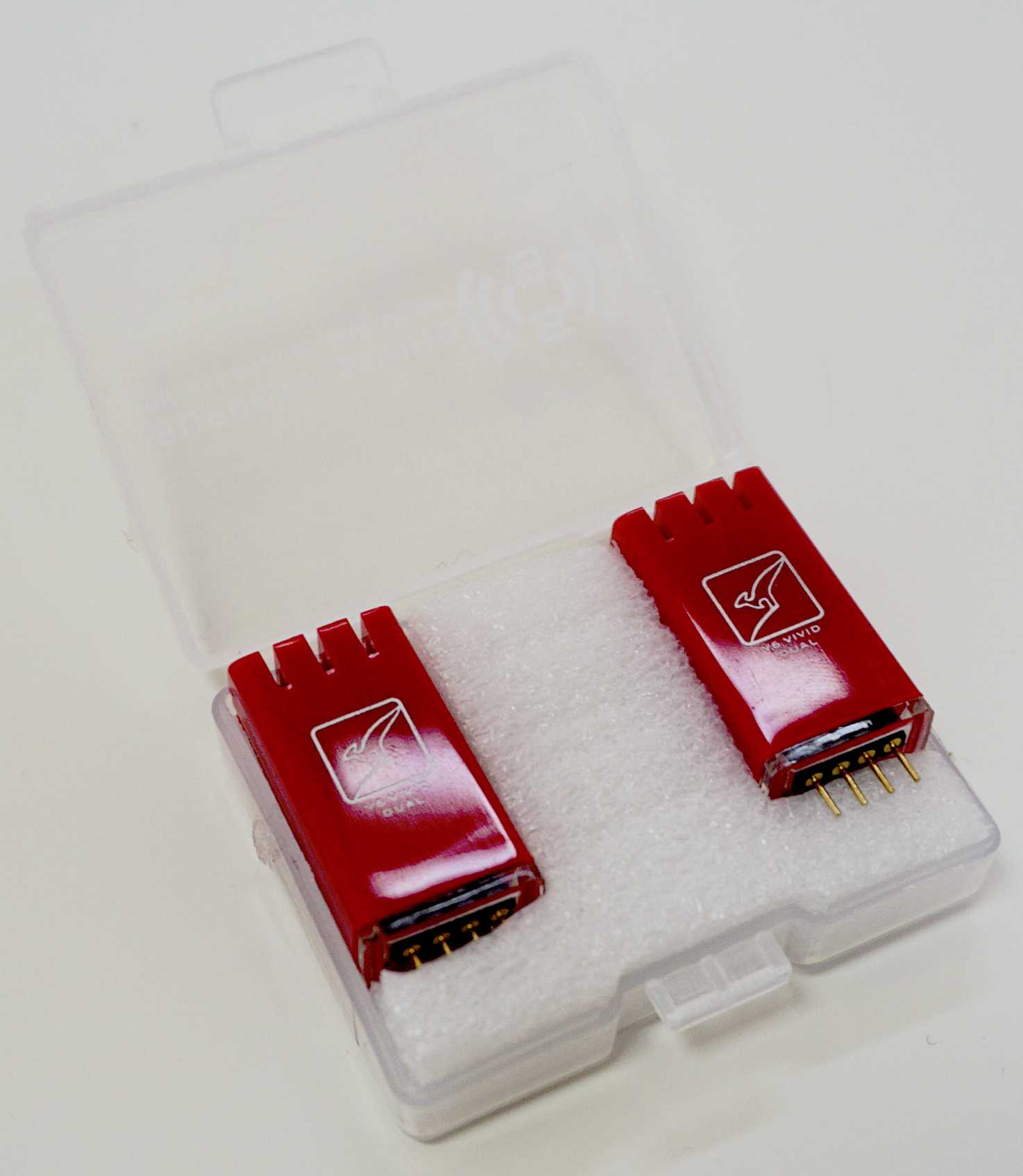
At this point? Well, it reminds me why I dislike Burson’s manuals so much. They are truly a poor after thought, obviously written by that guy who fixed the leak in the roof last Friday…remember him? Look, whoever it was, presenting their manuals in such a way harms the company. They need to sort it out.
So, what to do? To begin, place the lower portion of the Burson chassis with its circuit board in a well lit area and on a flat surface with space around to work plus grab a screw storage container and your free hex key that arrives in the Funk’s box.
To open up the chassis Burson says in its manual, that, “The case can be opened by removing 4 hex screws at the bottom of the case.” That’s it. That’s all it says. Really. I don’t even know what that means.
In fact, this is what you do. On the front and the rear of the chassis, you will find four hex screws – eight in all. Imagine you’re looking straight towards the front of the chassis. Unscrew and store safely the top two hex screws, upper left and upper right. Then flip the chassis around and stare straight at the rear. Remove the top two screws from the rear, again upper left and right and store those safely. Then pull the upper part of the case away from the lower part. The two separate easily without any force involved.
Also note the size of the screws. The front two have a larger screw head then the rear.
So tell me, how does all of that equate to, “The case can be opened by removing 4 hex screws at the bottom of the case.”?
AHA!
You can now peer inside the chassis to find the Op Amps. I’m glad I did.
In my case I noticed that I had two large red V6 Vivid Dual Op Amps already installed on the board. Hmmm.
And that’s when I had my, “Aha!” moment.
My review sample was supplied to me directly from Burson. The V6 Vivid Dual Op Amps are not the default, out-of-the-box Op Amps. They are the upgrade Op Amps. Something you’d buy in for extra cash and fit yourself.
The much smaller JRC 5532D Op Amps are the default models. But they were supplied to me in a separate plastic box. In addition to that, sitting in another plastic box, I also received a set of V6 Classic Dual Op Amps which are the same size as the Vivid V6 models but are orangey yellow instead of red in colour.
I have to say that Burson should have supplied me with the default Op Amps fitted and not the upgrades. I had no idea that the Vivid V6s would be featured in the chassis. I wasn’t informed. It was a good job that I opened up the chassis and didn’t just review the Funk ‘as is’. Otherwise my findings would have been skewed and incorrect.
So then, it looks like my Sound Tests are to be read in reverse. Read my sonic findings thus far as a results of fitting the Vivid V6 Op Amps. We will get to the default models in a moment.
FITTING
Fitting the Op Amps is straight forward – if you know how. Problem is, the Burson manual only grudgingly provides help here but not everything you need, “The notch at the top of the Op Amp indicates the orientation of the Op Amp within the socket. Match it to the existing Op Amp.” An accompanying image is included in the manual which is a good thing but it could be clearer and more exacting.
I’m not sure what “top” reference means here and you’re not shown what this notch actually looks like so you end up doing some heavy-duty ‘assuming’. There is a slight indentation running the length of the V6 Op Amps. I assume that needs to be fitted into the socket, aligned with the notch in the socket so that they are fitted on top of one another, notch to notch.
To fit the standard, default 5532D Op Amps, both of these chips had to be fitted to socket adaptors before they could be added to the board. There was no indication if the adaptors demanded an orientation. Again, I assumed not, so put them in any old way. Then I orientated the notch on the chip with the notch on the socket on the circuit board and pushed the Op Amp into the socket in that manner.
I added the 5532Ds which seemed to be a retrograde step, at least that’s how it felt when I held all of the available Op Amps in my hands. The 5532Ds looked small, weedy and slightly inferior.
In use, the 5532Ds are not bad but they are indeed inferior sonically to both of the supplied Op Amp upgrades. There is a slight ringing in the midrange adding a high-frequency noise that adds an edge and clinical haze over the upper mids. In the Marley song, Jamming, the plucked high strings on the rhythm guitars stabbed their output into the ear which wasn’t particularly pleasant. Bass was slightly tense, vocals lacked emotion…and so on. These chips, I repeat, are not intrinsically bad, especially when heard in isolation. They are just fail when compared directly with the Vivid chips.
As for the Classic Duals? They’re a halfway house between the 5532D Op amps and the V6 Vivid examples. They reduce the noise floor, open up the soundstage, improve detail but never go as far or sound quite as mature as the Vivids. For me? The V6 Vivid Op Amps were the pick of the bunch. In fact, I wouldn’t buy a Burson Funk without them fitted and ready to go. That is, I would buy both the Funk and the upgrade there and then and request fitment by the dealer before posting. Hence, I don’t see the Funk as a £599 product at all. I see the Funk and V6 Vivid Op Amps as the required default. With a Super Charger upgrade as soon as funds allow.
Even so, the entire operation was a fascinating one. It’s a whole new area for upgrade and tweaking for any hi-fi enthusiast. I realise that some users will recoil in horror at the thought of opening up an amplifier chassis and fishing around inside but really, Burson make it pretty easy for you – manual aside but hey, I’m always here to help if you get into difficulty.
I would advise having go. Take it slow, one step at a time and you’ll wonder what all the fuss was about.
CONCLUSION
I was ready to dislike the Funk from Burson because of my past experience with the company’s products but I was surprised indeed at how much I enjoyed my time with the Funk – in its upgraded mode, at least. The default Op Amps are disappointing in sonic terms and should be changed immediately.
Apart from the terrible manual, the design is solid, well made, compact, flexible, upgradable and well appointed with plenty of features to hand.
The sound – based upon the preferred V6 Vivid Dual Op Amps – is pretty well balanced and (almost) neutral giving a sonically spacious headphone experience while the near-field performance is superb. All computer/desk-bound users and even those looking to install a small system in a bedroom, conservatory, kitchen or similar should give this one serious consideration.
As a piece of hi-fi equipment, it provides excellent value for money. At a time when fuel prices are rocketing (well I’ve just had a quiet word with my gas provider and the result were not pretty), food prices are on the up, transport costs are rising and more…value for money is becoming increasingly important in hi-fi circles. In fact, ‘value’ will be a headline feature in the coming year or two, I’m sure.
On that basis, Burson has certainly blended buckets of value in and around the Funk and merged that with a welcome slice of quality to produce a sure-fire winner.
BURSON FUNK HEADPHONE/INTEGRATED AMPLIFIER
Prices:
£544 with the basic NE5532 Op Amps
Classic Duals Op Amp upgrade is £145
Vivid V6 Op Amps upgrade is £145
Cool Stand is £99
Kitted out with a V6 Vivid and Cool Stand will cost £744
Super Charger is £285
Website: www.eliteaudiouk.com
GOOD: upgradability, feature set, build, midrange detail, open soundstage
BAD: the manual, default Op Amps, input/output labelling
RATINGS:
- With default 5532 Op Amps…
RATING: 7 (a lower-end 7)
- With Vivid Classic Duals…
RATING: 7 (an upper-end 7)
- With V6 Vivid Duals…
RATING: 8
[Don’t forget to check out my new Patreon Page at www.patreon.com/audiophileman, for exclusive postings, giveaways and more!]
REFERENCE
Technics SL-1500C
Audiolab 6000A amplifier
Trichord Dino phono amplifier
Spendor A1 speakers
Sennheiser HD800 headphones
Sennheiser HD660 S headphones
Audiolab 6000CDT CD Transport
iFi iOne DAC
Benchmark DAC
Tellurium Q cabling
Blue Horizon Professional Rack System
Harmonic Resolution Systems Noise Reduction Components
CAD GC1 Ground Controls
Air Audio AC-2K Balanced Transformer
Russ Andrews RF Router Mk.II

